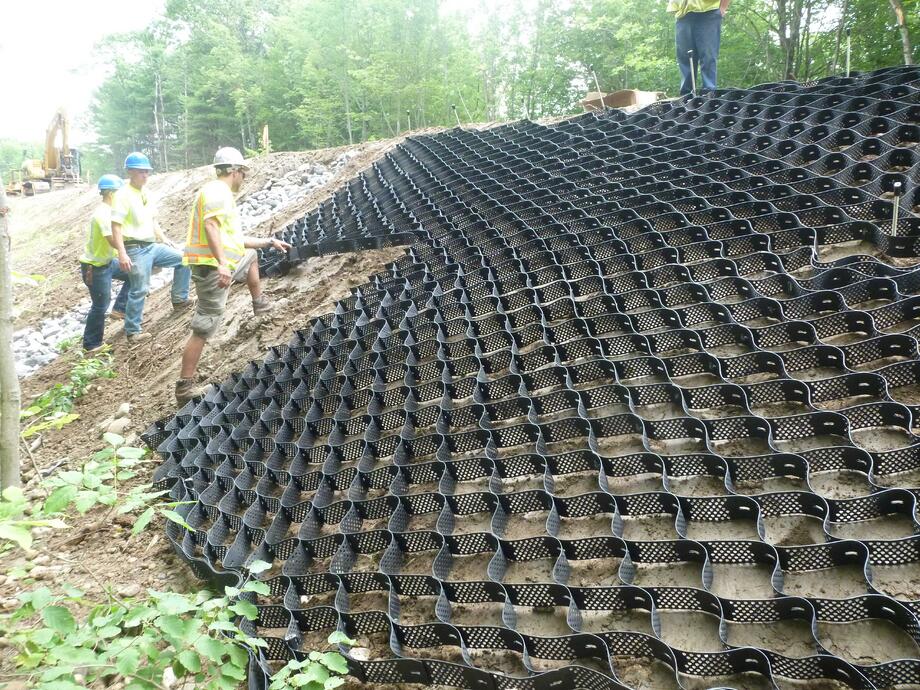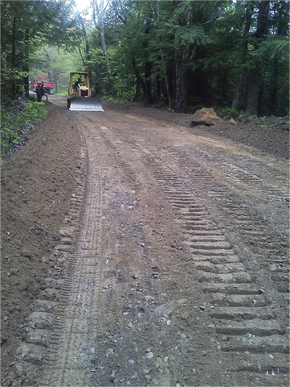The Importance of Job Site Erosion Control
- Home
- Team EJP Blog
- The Importance of Job Site Erosion Control
- Mar 3, 2015 11:00:00 AM
- Everett J. Prescott

Erosion is something that affects us all. Through simple runoff that may wash away dirt, to serious landslides that can harm property or even take lives, erosion comes in many forms. While some erosion is 100% natural, such as the water erosion that caused the Grand Canyon to form, other erosion is caused due to things we do in our day-to-day lives.
Nearly any type of jobsite has the potential to have erosion-related issues. Learn more about why job site erosion control is so important and look at a few ways you may look at controlling it.
Why is Job Site Erosion Control So Important?
A job site may be temporary, but the erosion issues can cause problems that affect the community for years to come. Consider these different ways that erosion can harm an area:
- Landslides – This is probably the most dramatic way that erosion harms the land. Landslides are major events that can damage property, take out roadways and even take lives.
- Roadway Issues – Roads often become “washed out” due to erosion. When people are not careful about how water and other elements flow around roads, this is when the edges crumble or potholes can occur.
- Farming Concerns – If you are located in a farming community, it is important that farmland is maintained so that farmers have access to the land they need to provide the community with food and produce.
- Wildlife – Erosion affects the wildlife. When plants and trees are washed away, nearby wildlife is pushed out of its native environment—sometimes causing widespread problems.
- Plant Life – Much the same way, plants are killed off due to erosion and may take years to regrow.
What are Some Ways to Control Erosion on the Job Site?
Each job site will be a little different. Some are big, some small. Some job sites are permanent and others are temporary fixtures that will come down a week or two later. Because of this, the ways to control erosion will differ greatly from one job to another. However, here are a few potential ideas to consider on your job site—finding the one or ones that work best for your scenario is up to you.
 Sloping – Arranging your job site in a slope formation can help you control the direction water and sediment flows. Make sure you are not simply directly the water away from your job, but instead are directing it to a safe area.
Sloping – Arranging your job site in a slope formation can help you control the direction water and sediment flows. Make sure you are not simply directly the water away from your job, but instead are directing it to a safe area.- Silt Fences – Trenched in, wire backed fences can help you keep dirt in place. This is important when you are working with any type of job that involves you moving dirt or digging a hole. Make sure your fences are well constructed and durable so you don’t run into any problems later in the job.
- Erosion Control Blankets – Steep slopes may need erosion control blankets to keep the earth in place. This can prevent “mini-landslides” from occurring on the job site. Not only can these wreak havoc on your job, they can cause big problems for the community too.
These are just a few ideas—check with your local building department to find out what they recommend for your particular area.
While most of the time when you think about erosion control, you think about permanent fixtures like roadways and farmlands, even a temporary jobsite can have a big impact on the erosion in a community. As such, keeping an eye on the big picture of how the job will affect not only your final project, but also the community surrounding it is key. Job site erosion control is important and it is something you must take control of today—because tomorrow may be too late.









